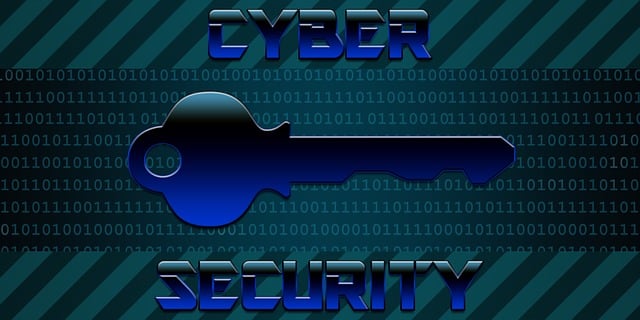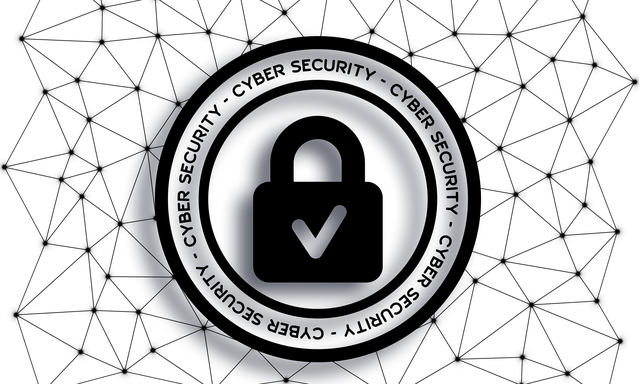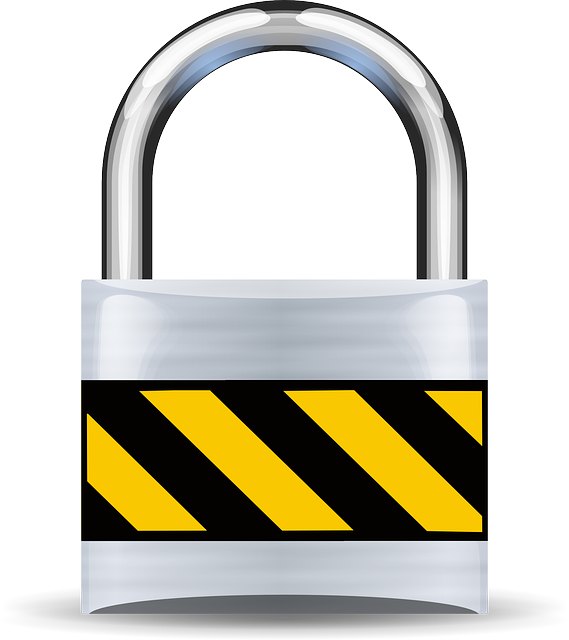In the dynamic tech sector, background checks and IT background verification are vital for tech employee screening. These processes go beyond identity confirmation to include data security checks, cybersecurity screenings, and tech credentials verification. By assessing historical data security knowledge, past employment records, and current cyber threats, companies can maintain a culture of data protection, adhere to industry standards, and ensure compliance in the tech industry.
In the dynamic landscape of the tech industry, where innovation drives progress, background checks play a pivotal role in ensuring regulatory compliance. As companies navigate an increasingly digital world, verifying IT employees’ backgrounds and credentials is essential to safeguard sensitive data and mitigate cybersecurity risks. This article explores the critical components of tech employee screening and verification, delving into best practices for data security and cybersecurity checks to maintain industry compliance.
- Understanding the Importance of Background Checks in the Tech Industry
- Key Components of IT Employee Screening and Verification
- Ensuring Compliance: Best Practices for Data Security and Cybersecurity Checks
Understanding the Importance of Background Checks in the Tech Industry

In the dynamic and ever-evolving landscape of the tech industry, ensuring regulatory compliance is paramount to safeguard sensitive data and maintain public trust. Background checks play a pivotal role in this process by verifying the credentials, skills, and integrity of potential tech employees. IT background verification goes beyond simple identity confirmation; it involves meticulous screening processes that include data security checks, cybersecurity background checks, and thorough tech credentials verification. These checks are crucial for identifying any red flags or past misconduct that could compromise the safety of corporate information systems and client data.
Tech employee screening is not just a one-time procedure but an ongoing commitment to maintain a secure environment. As cyber threats continue to grow in sophistication, staying ahead of potential risks through rigorous background verification becomes essential. This proactive approach ensures that only trustworthy professionals with the necessary skills and unblemished security histories are granted access to sensitive tech infrastructure, fostering a culture of data protection and regulatory compliance within the industry.
Key Components of IT Employee Screening and Verification

In the fast-paced and ever-evolving tech industry, ensuring regulatory compliance is paramount to protect sensitive data and maintain a secure environment. Tech employee screening plays a pivotal role in this process, encompassing several crucial components. Firstly, comprehensive background checks are vital to assess an applicant’s history, including their work experience, educational credentials, and any legal or ethical issues that might reflect poorly on the company. These checks often include verifying degrees, certifications, and references to confirm technical proficiency and integrity.
Secondly, IT background verification focuses on assessing data security knowledge and practices, as well as potential risks or vulnerabilities they may bring. Cybersecurity background checks are essential to ensure employees understand and adhere to best practices in protecting sensitive information. This includes looking into past employment to uncover any breaches, as well as gauging their awareness of current cybersecurity threats and mitigation strategies. By implementing thorough tech employee screening and verification processes, companies can foster a culture of data security and maintain compliance with industry standards.
Ensuring Compliance: Best Practices for Data Security and Cybersecurity Checks

In the tech industry, where data and digital assets are sensitive and valuable, ensuring compliance is paramount. Background checks, specifically focusing on data security and cybersecurity, play a crucial role in mitigating risks associated with insider threats, data breaches, and malicious attacks. Comprehensive IT background verification involves rigorous screening of potential employees’ digital footprints, including past employment records, online activities, and technical skills assessments. This process goes beyond traditional credit checks to delve into tech credentials verification, uncovering any red flags related to ethical conduct, prior security lapses, or associations with known cybercriminal networks.
Effective data security checks encompass multiple layers, from verifying the authenticity of educational qualifications and certifications to assessing an individual’s handling of sensitive information in previous roles. Cybersecurity background checks should also evaluate potential biases and vulnerabilities that could compromise network integrity. By implementing these best practices, tech companies can foster a culture of security, protect their intellectual property, and maintain regulatory compliance in an increasingly digital landscape.






